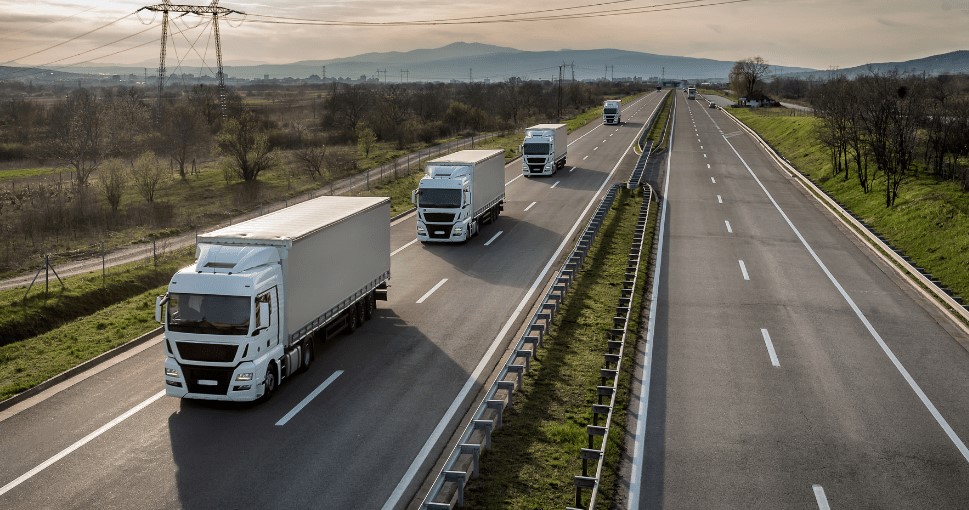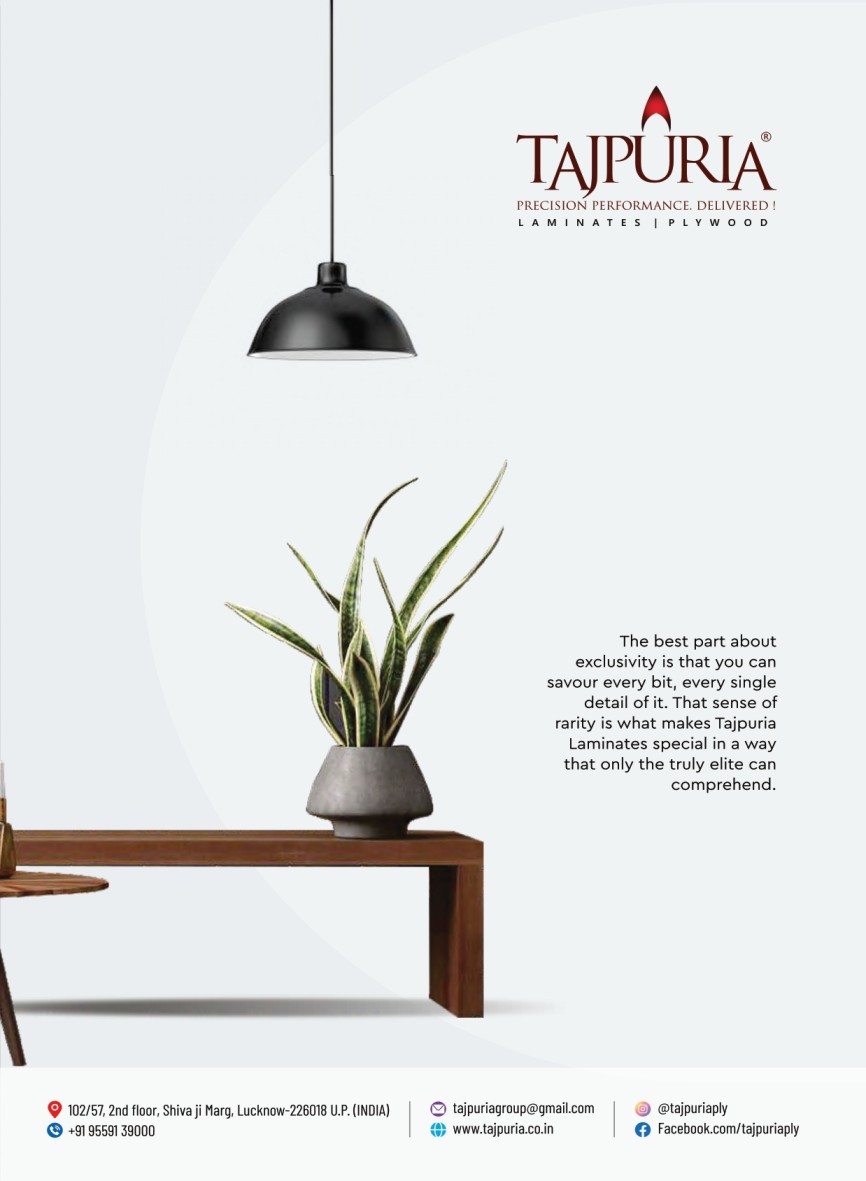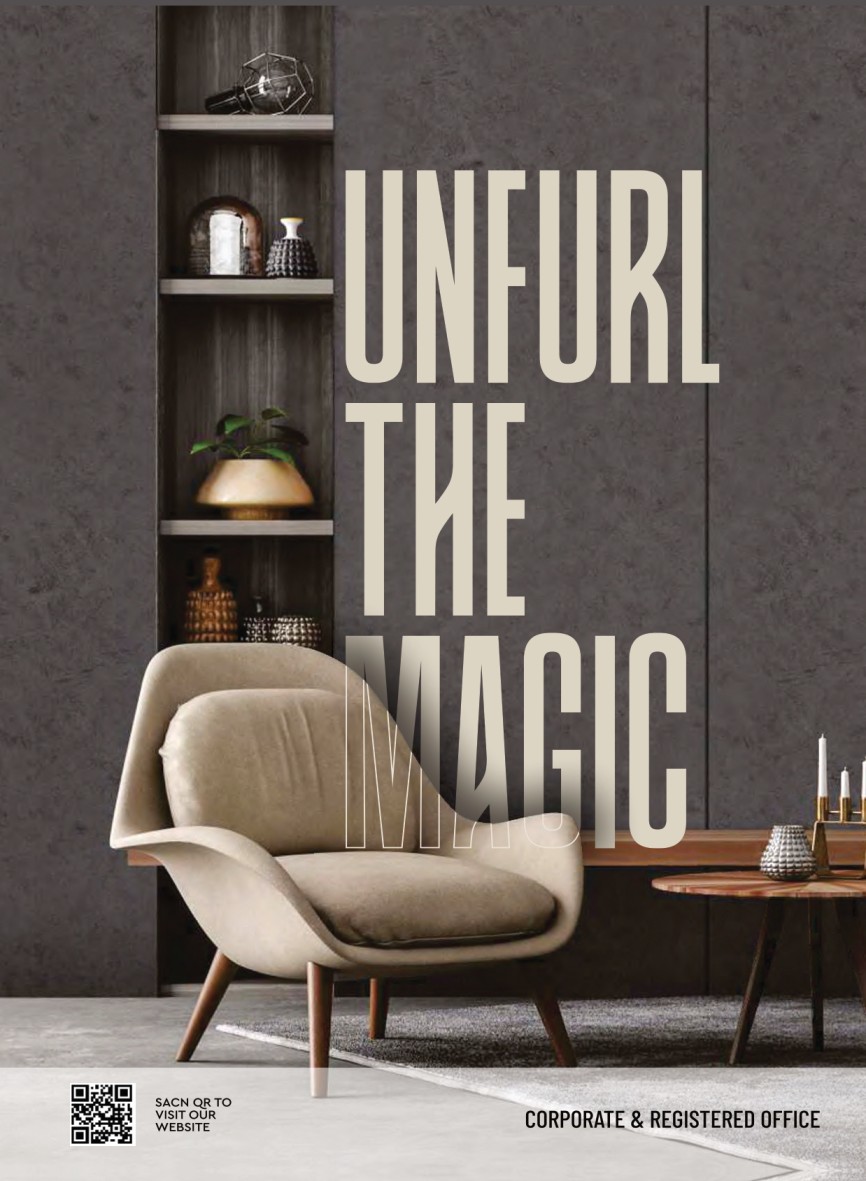
Poorest Indians See Spending Grow at a Faster Clip
- April 13, 2024
- 0
India’s poorest households and those at the bottom of socio-economic standing have seen their per-capita spending grow faster than better-off households in the last decade, although on a lower base, the Household Consumption Expenditure Survey (HCES) 2022-23 showed.
The HCES also showed discretionary items now account for a larger share of household spending than in 2011-12 when the consumer expenditure survey was last released, a sign of reducing poverty. Delivery of social welfare schemes has improved with the bottom-of-the-pyramid households deriving more from such schemes than richer households.
The survey results would form the basis of calculating inflation, poverty and growth estimates, which would help inform other policy decisions.
While monthly per capita spending in rural areas has grown faster than urban monthly expenditure, narrowing the gap between the two, spending inequality between different income categories has also reduced in relative terms.
The average rural spending jumped 2.64 times between 2011-12 and 2022-23, as hile, In urban areas, the bottom 50% of households witnessed 2.77 times rise in spending. Households in the middle of the spending bracket closed the gap much faster in rural areas.
Analysis further showed that spending of scheduled caste, scheduled tribes and other backward classes grew faster than the rest in both urban and rural areas.
Similarly, spending of casual labourers and self-employed went up more than those of regular salaried workers in urban areas.































































